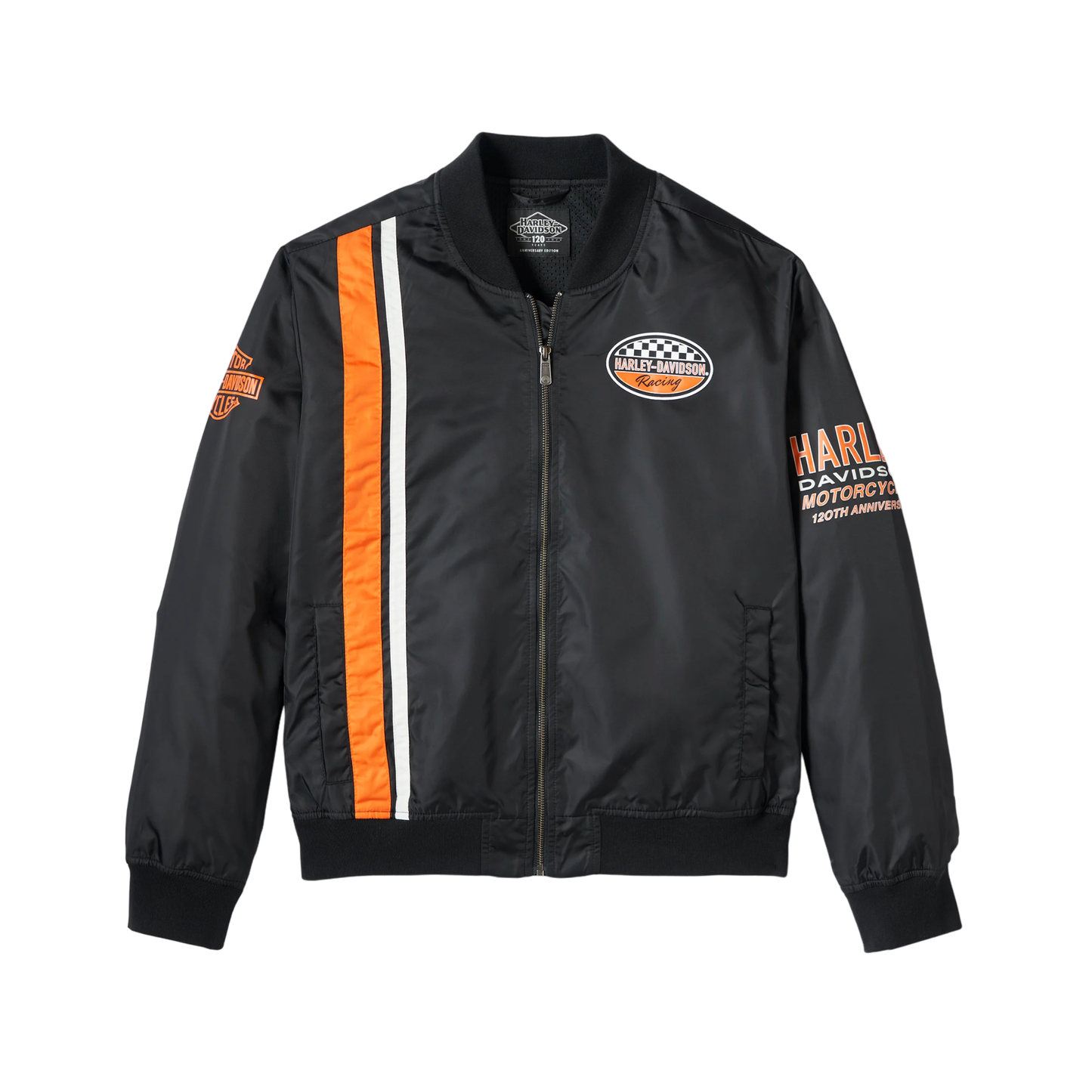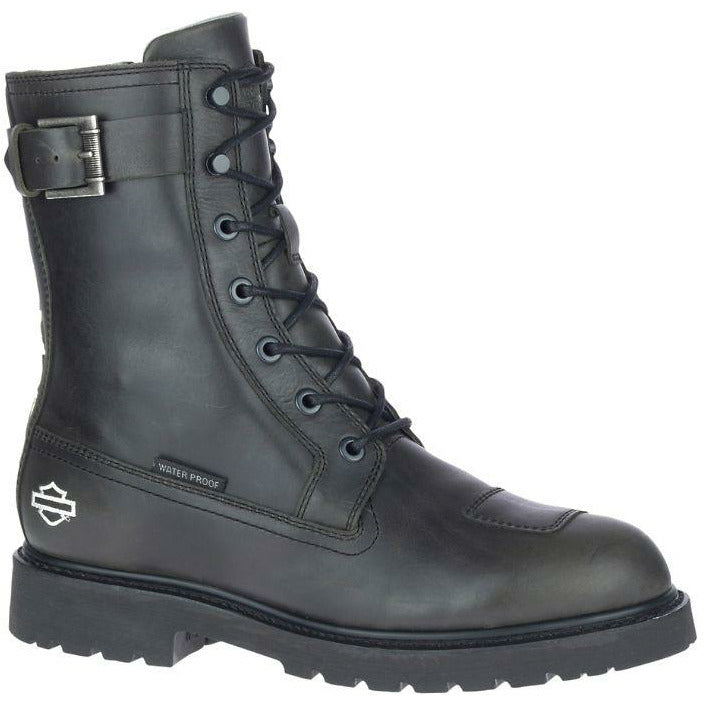Motorcycle Body Armor: Protection and Safety Guide
Key Points:
- Motorcycle body armor offers additional protection beyond helmets.
- Common types include full suits, jackets, vests, pants, back protectors, and knee/elbow pads.
- Studies show body armor reduces severe injuries in crashes.
- Effectiveness depends on proper fit, accident type, rider behavior, and speed.
- Limitations include discomfort, reduced mobility, and cost.
- High-quality body armor enhances safety and confidence.
Motorcycle Body Armor: A Comprehensive Guide to Protection and Safety
Motorcycle riding is an exhilarating experience, offering a sense of freedom and adventure. However, it's essential to acknowledge the inherent risks associated with riding a motorcycle. Motorcycle accidents are a leading cause of injuries and fatalities among road users. According to the National Highway Traffic Safety Administration, in 2020, motorcyclists were over 27 times more likely to die in a crash per vehicle mile traveled than passenger vehicle occupants.
While wearing a motorcycle helmet is undoubtedly the most critical safety gear for riders, motorcycle body armor offers additional protection against injuries in the event of an accident. This article delves into the world of motorcycle body armor, exploring its types, effectiveness, limitations, and factors affecting its performance.
Types of Motorcycle Body Armor
Motorcycle body armor comes in various forms, each providing different levels of protection. The most common types include:
Full-coverage suits: These one-piece suits offer the most comprehensive protection, covering the entire body from head to toe. They are typically made from abrasion-resistant materials and feature built-in armor at critical impact areas, such as the chest, back, shoulders, elbows, and knees.
-
Jackets: Jackets provide torso protection and are available in various styles and materials. Some jackets offer abrasion resistance, while others incorporate armor inserts for enhanced protection.

Title: HARLEY-DAVIDSON® 120TH ANNIVERSARY MOTO JACKET
Price: £114.00
SHOP NOW Vests: Vests are similar to jackets but typically do not have sleeves. They are popular among riders who want protection without the bulk of a full jacket.
Pants: Motorcycle pants are designed to protect the lower body and come in various styles and materials. Some pants feature built-in armor at the knees and hips, while others have pockets for inserting armor pads.
Back protectors: Back protectors are essential for protecting the spine from serious injuries in the event of a crash. They come in various forms, including standalone back protectors that can be worn under a jacket and built-in back protectors integrated into jackets and suits.
-
Knee and elbow pads: Knee and elbow pads offer targeted protection for these vulnerable areas. They are typically made from impact-absorbing materials and can be worn under clothing or attached to the motorcycle.

Title: HARLEY-DAVIDSON® WOMEN'S FXRG-6 WATERPROOF RIDING BOOTS
Price: £129.99
SHOP NOW
Effectiveness of Motorcycle Body Armor
Numerous studies and research findings have demonstrated the effectiveness of motorcycle body armor in reducing injuries sustained during motorcycle accidents. A 2019 study published in the journal "Accident Analysis & Prevention" found that motorcycle riders wearing body armor were significantly less likely to sustain severe injuries in a crash. The study concluded that body armor reduced the risk of fatal and serious injuries by 48% and 36%, respectively.
"Motorcycle body armor has proven to be a lifesaver for many riders. It can significantly reduce the severity of injuries sustained in a crash, and in some cases, it can even prevent fatal injuries."
Motorcycle body armor can protect against various injuries, including:
Abrasions and lacerations: Abrasions and lacerations are common injuries in motorcycle accidents, as riders are exposed to the road surface and other objects in the event of a crash. Body armor made from abrasion-resistant materials can significantly reduce the severity of these injuries.
-
Bruising and blunt-force trauma: Body armor can help absorb impact energy and disperse it away from the body, reducing the risk of bruising and blunt-force trauma. This can be particularly important in protecting vital organs and internal injuries.

Title: HARLEY DAVIDSON® BROSNER 8" MEN'S LACE WITH ZIP BOOT
Price: £149.99
SHOP NOW Broken bones: Body armor can help prevent or reduce the severity of broken bones by providing support and cushioning to vulnerable areas.
Spinal cord injuries: Back protectors are specifically designed to protect the spine from serious injuries, such as spinal cord damage, in the event of a crash.
Head injuries: While a motorcycle helmet is the primary protection against head injuries, body armor that includes a neck brace or collarbone protection can help minimize the risk of head and neck injuries in certain types of accidents.
...

Title: HARLEY-DAVIDSON® BONHAM RIDING BOOTS
Price: £125.00
SHOP NOW
Outline
- Types of Motorcycle Body Armor
- Effectiveness of Motorcycle Body Armor
- Factors Affecting the Effectiveness of Motorcycle Body Armor
- Limitations of Motorcycle Body Armor
- Conclusion
FAQ
1. What are the different types of motorcycle body armor available?
Answer: Motorcycle body armor comes in various forms, including full-coverage suits, jackets, vests, pants, back protectors, and knee and elbow pads. Each type offers different levels and areas of protection.
2. How effective is motorcycle body armor in preventing injuries?
Answer: Numerous studies have demonstrated the effectiveness of motorcycle body armor in reducing injuries sustained during accidents. Body armor can protect against abrasions, lacerations, bruising, broken bones, spinal cord injuries, and head injuries.
3. What factors affect the effectiveness of motorcycle body armor?
Answer: Several factors can influence the effectiveness of body armor, including proper fit and sizing, the type of motorcycle accident, and rider behavior and speed.
4. What are the limitations of motorcycle body armor?
Answer: While motorcycle body armor offers significant protection, it has limitations. It does not guarantee against injury, can be uncomfortable and restrict movement, and can be costly.
5. How should I choose the right motorcycle body armor?
Answer: When choosing motorcycle body armor, consider your individual needs and riding style. Ensure a proper fit and select armor that provides the desired level of protection. Consider factors such as comfort, breathability, and cost.
6. How do I properly care for and maintain my motorcycle body armor?
Answer: To maintain the effectiveness of your motorcycle body armor, follow the manufacturer's care instructions. Regularly inspect for signs of wear and damage, and clean and store it properly when not in use.
Explore More:
Clickable Headlines for an 'Explore More' Section:
- Unleash Your Honda Spirit: Discover the Ultimate Rider Apparel
- Motobike Jackets: The Perfect Blend of Style and Protection
- Thrill-Seekers Rejoice! Explore Our Suzuki Collection
- Royal Enfield Gear: Embrace the Legacy of Adventure
- Elevate Your Riding Experience with Motorcycle Riding Gear
- Master the Art of Protection with Motorcycle Trousers
- Style and Safety United: Delve into Our Motobike Jacket Collection


